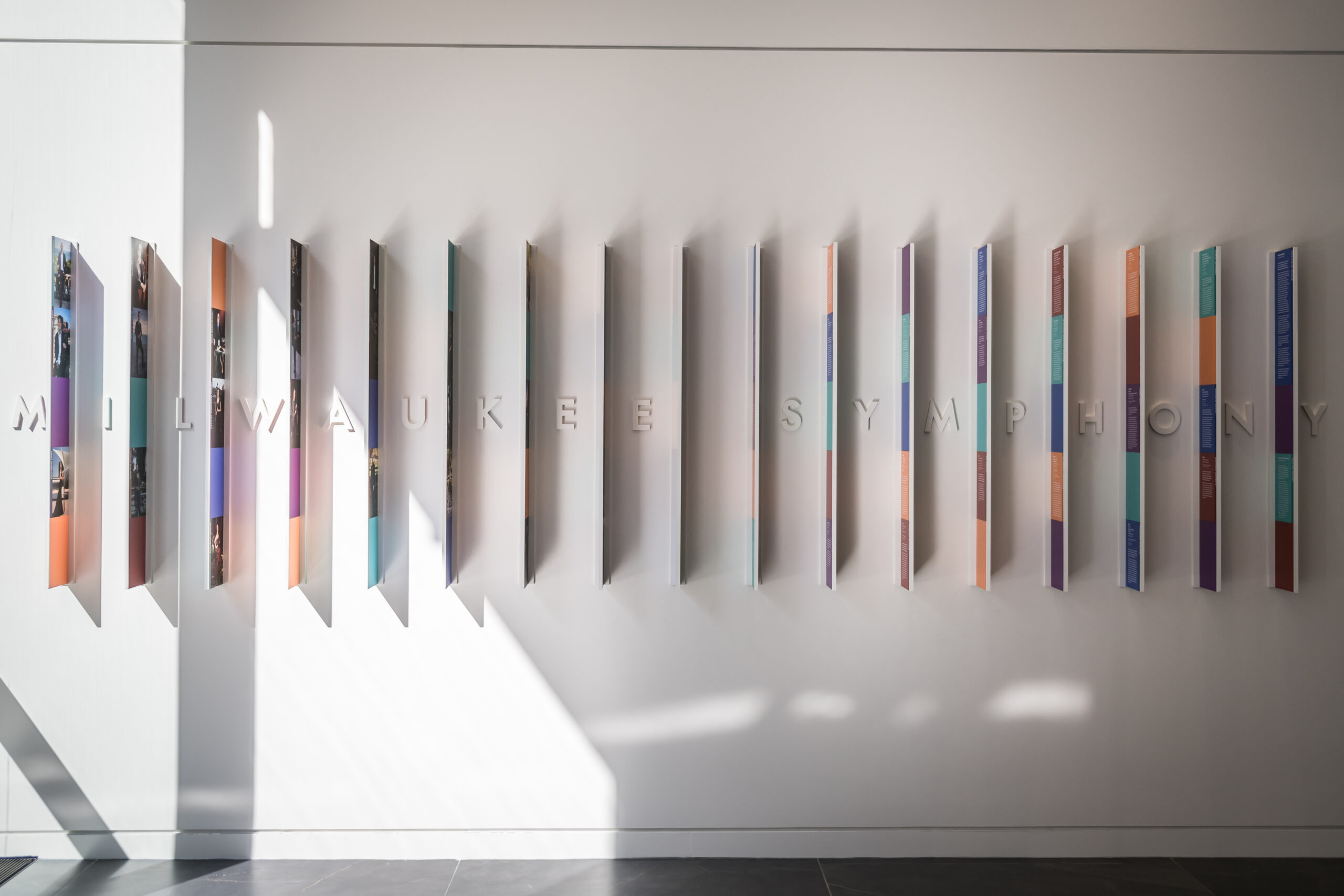The Milwaukee Symphony Orchestra will open the doors to the Bradley Symphony Center this weekend for the first in-person ticketed performance in its new downtown home.
The transformation of the former Warner Grand Theater at 212 W. Wisconsin Ave. in downtown Milwaukee into a symphony concert hall has been underway since June 2018. The project involved restoring the 1930s movie theater, lobby and concourses (which closed to the public in 1995), and constructing a new, two-story addition east of the theater that includes an entrance and reception area. In addition to restoring the theater to its original splendor, one of the construction project’s most complex feats was moving the theater’s rear wall into Second Street to make room for a larger stage.
Here is a look inside the new symphony center:
MSO leaders say they are nearing completion on the $139 million campaign to fund the project, which also includes restoring the building’s 12-story office tower, and build up the organization’s endowment.
A lower-key debut than the fall 2020 grand opening leaders had originally planned for, the inaugural in-person performance of “Night Music” on April 10 will be available to a small group of select subscribers. The performance will also be available live via streaming to subscribers, as part of MSO’s reimagined 2020-’21 season.
That type of show format will continue for subscribers weekly through the remainder of the season, which runs through June. Mark Niehaus, president and executive director of the MSO, said he sees it as an opportunity to have small celebrations every week for a few months – like a “birthday party every Saturday.”
“It’s kind of like being in slow motion,” he said. “Had we not had the (COVID-19) pandemic we likely would have popped all the corks this past September and done everything all at once. In this case, we’ve had a first rehearsal, then our first concert that’s broadcast, then we have recorded concerts and live broadcasts – every milestone is separate instead of at the same time. It’s almost like a slow rollout of everything we do. It’s very different than what would have been.”














